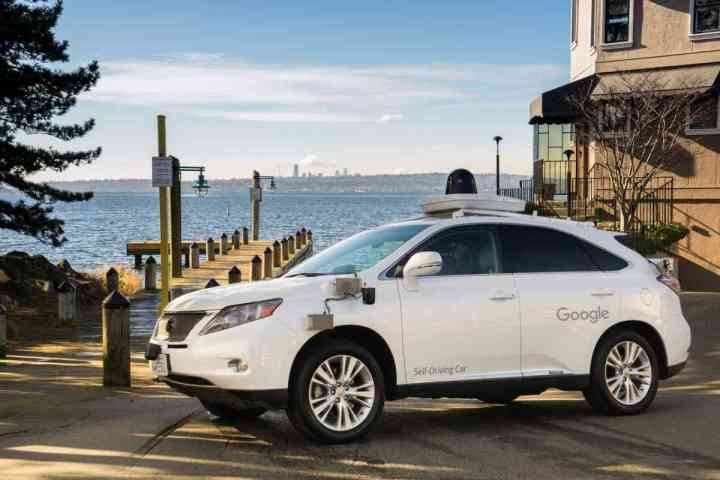
The Google Self-Driving Car Project head of self-driving technology Dmitri Dolgov told Recode the company is “in the superhuman-driver-making-business.” Cars have to do more than detect objects, stay in lanes, and avoid hitting things. They also have to recognize objects, including humans, and understand and predict their behavior.
The project goal is a suite of sensors and software that could work in any vehicle and drive in any conditions.
“It doesn’t matter,” Dolgov told Recode. “We’re building a driver. We’ve been on Prius, Lexus; we have our own prototype, and we’re now working with Fiat Chrysler on a new platform.
“As far as the software is concerned, it’s the same thing,” he continued. “It’s like you getting into another car. You get a rental — maybe it’s a little bit bigger, and it doesn’t quite handle the same way as your own car. It takes you time to get used to, but the core tasks transfer.”
For now, however, the project test cars matter. Cars used by the Google Self-Driving Car Project use regular and long range radar and work with detailed maps to predict the turns, lights, and road patterns before they are detectable by the onboard hardware.
The current vehicles also send data to the cloud and receive information from the aggregated data. For example, if a robot car learns a new skill during a specific driving experience, all connected cars add that learning in real time.
Regarding communications between cars and the cloud, Dolgov referred to the potential for self-driving cars to be hacked. Two safeguards are currently in place. The system that controls the car is separate from the system that communicates with the group and with the cloud.
One vehicle can add only limited information to the common knowledge engine. “We limit the amount of information that can be shared, and how that affects other cars,” Dolgov said. “If you have complete control of one vehicle, maybe you can create a construction zone that doesn’t actually exist in the world, but that’s the extent of it. There’s no way to control the local driving behavior.”
If driving is a social activity, as Dolgov states, robot drivers have to learn to get along and even have manners. As Recode stated, “So, when a bicyclist, for example, signals left using his or her hand, the car will react as a [generous] human might.”
Editors' Recommendations
- Some on Apple’s failed car project reportedly had a cruel name for it
- Google is bringing Chrome browser to cars, even more EV features to Maps
- Watch out: Google Drive may have lost months of data
- Cruise woes prompt production halt of fully driverless van
- Cruise’s robotaxi service suspended by California regulator




